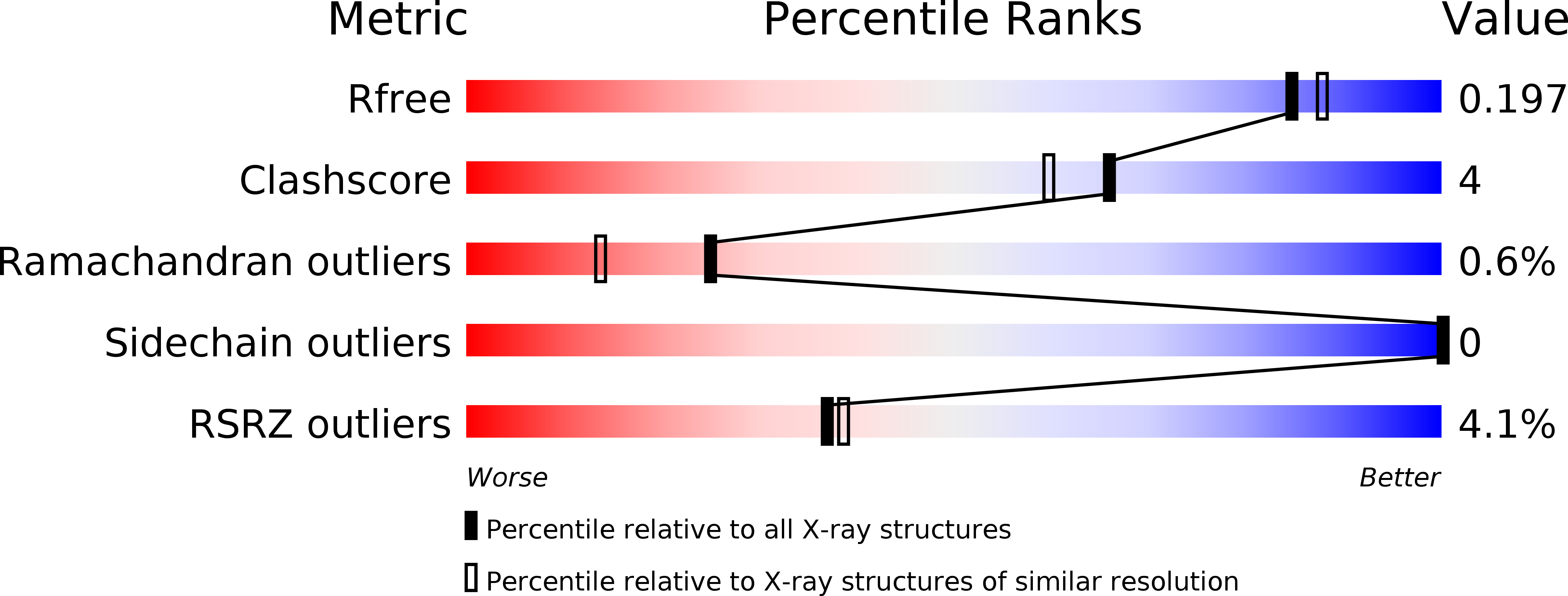
Deposition Date
2014-11-25
Release Date
2016-07-27
Last Version Date
2024-10-23
Entry Detail
PDB ID:
4X1U
Keywords:
Title:
The structure of AhpE from Mycobacterium tuberculosis revisited
Biological Source:
Source Organism:
Mycobacterium tuberculosis (Taxon ID: 1773)
Host Organism:
Method Details:
Experimental Method:
Resolution:
1.87 Å
R-Value Free:
0.18
R-Value Work:
0.15
R-Value Observed:
0.15
Space Group:
I 4


